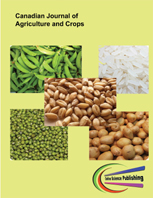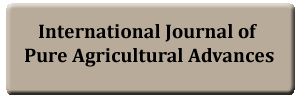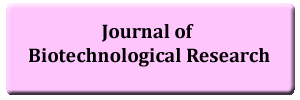Morphological, Pathological and Cultural Characteristics of Magnaporthe Oryzae Triticum Causing Blast of Wheat and its Fungicidal Control
DOI:
https://doi.org/10.20448/803.4.2.218.227Keywords:
Wheat blast, Magnaporthe oryzae Triticum, Characters and fungicides.Abstract
Magnaporthe oryzae Triticum causing blast a devastating disease of wheat. An attempt was taken to study the morphological, pathological and cultural characteristics of M. oryzae Triticum and its in-vitro fungicidal control. Four isolates were isolated from infected wheat inflorescence. Conidia of the isolates were solitary, pyriform to obclavate, pale brown, smooth, granular to guttulate, 2-septate; hilum truncate, protruding and not darkened. Isolates were positive in pathogenicity test on wheat and caused characteristic eye shape lesions on leaves. The wheat blast isolates did not produce any blast symptom in rice. M. oryzae Triticum showed consistently better mycelial growth at pH 5.5, 29°C and in Oat Meal Agar medium. Efficacy of six fungicides such as Autostin 50WGD, Nativo 75WG, Diathane M 45, Khowin 50WP, Ridomil Gold MZ 68WG and Provax 200WP at concentrations of 50 ppm, 100 ppm and 150 ppm was evaluated against M. oryzae Triticumin in-vitro. Autostin 50WGD, Nativo 75WG and Knowin 50WP inhibited the growth of M. oryzae Triticum completely at all three concentrations. Therefore, these three fungicides may be suggested to control blast disease of wheat.


